
Amidst the Web3 revolution, the importance of blockchain in Web3 lies in offering a universal state layer to build the decentralized Web.
How can companies prepare for a Web3 world?
Organizations may create competitive DAOs, use tokenized assets, and actively share the value they create with their user networks to survive in the Web3 world.
After the rising market for NFT artwork and collectibles in 2021 and the metaverse land grab in 2022, Web3 presents opportunities for innovative business models, products, and established organizations.
Although traditional organizational structures vary from company to company, positions are best filled by individuals who can best serve the interests of shareholders. By swiftly and effectively establishing roles and permissions using NFTs that reflect individuals’ rights and responsibilities, decentralized autonomous organizations (DAOs) can redefine hierarchy, delegation and structure.
Therefore, organizations should conduct sufficient research to create competitive DAOs to switch their centralized systems to decentralized structures. In addition, companies can use tokenized assets that can be exchanged on a blockchain, which increases the asset’s liquidity and makes it possible to transfer ownership of it.
Related: Asset tokenization: A beginner’s guide to converting real assets into digital assets
Due to the fact that new entrants can instantly reach enormous networks of potential consumers by developing their applications on top of open blockchain protocols, Web3 is likely to change the competitive dynamics. As a result, companies can gain more value from a blockchain’s built-in user base of native tokenholders.
Therefore, businesses will need to develop innovative ways to safeguard their user networks by actively offering users the value they create. However, businesses should consider the possibility of future regulation when deciding how to position themselves strategically in relation to Web3. More laws will probably follow as more people turn to blockchain and cryptocurrencies.
How might blockchain propel the expansion of Web3?
Blockchain technology will increase the breadth of Web3 accessibility with features like trustless payments, decentralized governance, cross-chain interoperability and earning digital assets while playing games.
While considering how blockchain changes the data structures in the backend of the web, it becomes clear that blockchain is the basis for Web3. A storage used to store and arrange data is called a data structure. It is a method of setting up data on a computer to keep it up to date and make it easily accessible.
Because it offers cryptographic proof of a series of transactions, the role of blockchain in Web3 is crucial, especially in raising the level of trust among network users. That said, blockchain’s governance layer allows two unidentified parties who don’t trust one another to negotiate and complete deals online.
In this style of governance, the blockchain protocol contains the rules for implementing modifications. Through code updates, developers submit amendments and each node votes on whether to accept or reject the change without the intervention of third parties.
Furthermore, blockchain-based DApps, domains and websites allow decentralized interaction among users and applications, leading to the expansion of Web3. For instance, Web3 applications like Brave Browser, which offers privacy-enhancing and ad-blocking features, are examples of decentralized web growth.
Furthermore, Web3 is seamless and streamlined, thanks to the improved capability of blockchain interoperability solutions like Polkadot, making it easy for consumers to switch between platforms or applications. With one’s favorite wallet, they may trade NFTs between networks and monitor the growth of their whole portfolio from one location, significantly pushing for Web3 adoption and more widespread blockchain use.
Moreover, Web3 gamers can gather and exchange NFTs across the metaverse thanks to the decentralization of games, which allows them to retain control of the information and assets they own. Blockchain-based games like Axie Infinity also enable players to make money by gathering cryptocurrencies as they play. Later, this cryptocurrency can be changed to fiat money.
How is Web3 related to blockchain?
Blockchain is the crucial technology that powers the decentralized web and alters a fundamental dynamic of the current version of the web, in which businesses squeeze consumers for as much data as possible.
Blockchain-powered tokens and shared ownership address the fundamental issue with centralized networks: value is accumulated by a single organization, which then conflicts with its own stakeholders. In addition, data independence is guaranteed by Web3 DApps through the use of blockchain technology.
Due to decentralization, users become the ultimate content owners as no centralized authority verifies data. Additionally, DApps are altering the paradigms of community engagement and governance by allowing users to vote and give ideas, offering everyone an equal opportunity to participate in the project implementation.
Related: What is a decentralized autonomous organization, and how does a DAO work?
In addition to the above, blockchain supports the creation of crypto domains, such as .eth, .crypto and .dao. A decentralized crypto domain substitutes a human-readable address for a user’s crypto wallet for an IP address, and these Web3 domain names can be traded as NFTs on nonfungible token marketplaces.
A decentralized domain name representing a blockchain address is desirable because it is a simple-to-remember address for sending and receiving cryptocurrency, similar to an email address.
Are blockchain and crypto essential for Web3?
Cryptocurrencies and blockchain are the building blocks of Web3. However, the decentralized web also relies on technologies like AR, VR, IoT and others unrelated to blockchain or digital currencies.
The third generation of the internet, known as Web3, is based on blockchain technology. However, technologies like machine learning, big data, artificial intelligence (AI), the Internet of Things (IoT), augmented reality (AR), virtual reality (VR) and others enable decentralized apps (DApps) to analyze information in a sophisticated human-like manner in a Web3 environment.
For instance, virtual reality headsets will create an exceptional shopping experience, allowing customers to interact with the products before making a purchase. However, these technologies are not based on cryptocurrencies or distributed ledger technology but aim to increase blockchain technology’s efficiency.
Furthermore, blockchain plays a significant role in building the infrastructure of Web3 by allowing organizations to decentralize Web2 services, including cloud computing, social networking sites and databases. Therefore, combining AI and blockchain technology will undoubtedly give organizations a better way to manage confidential data sets.
By validating the supplied data, AI technology can quickly complete the process request and the smart algorithm will help make quick decisions regarding issuing funds or approving credit. Also, the data sets can be effectively protected via the blockchain. Similarly, other technologies such as AR and VR are crucial in defining the metaverse, exploring novel ideas and elevating virtual experiences.
Moreover, cryptocurrencies eliminate the need for a reliable middleman by allowing Web3 users to use tokens like Ether (ETH) to send and receive money. That said, cryptocurrencies support peer-to-peer payments and can serve as a digital-native remittance method. Blockchains would lack the incentive system for network involvement without cryptocurrencies. Also, users wouldn’t have anywhere to store the cryptocurrency without crypto wallets.
In addition, Web3 is intended to be permissionless, trustless, and open to all, as it embraces the crypto ethos. Similarly, nonfungible tokens (NFTs) enable users to transparently demonstrate proof of ownership for items like in-game assets, digital art, personal data and others.

You can get bonuses upto $100 FREE BONUS when you:
💰 Install these recommended apps:
💲 SocialGood - 100% Crypto Back on Everyday Shopping
💲 xPortal - The DeFi For The Next Billion
💲 CryptoTab Browser - Lightweight, fast, and ready to mine!
💰 Register on these recommended exchanges:
🟡 Binance🟡 Bitfinex🟡 Bitmart🟡 Bittrex🟡 Bitget
🟡 CoinEx🟡 Crypto.com🟡 Gate.io🟡 Huobi🟡 Kucoin.


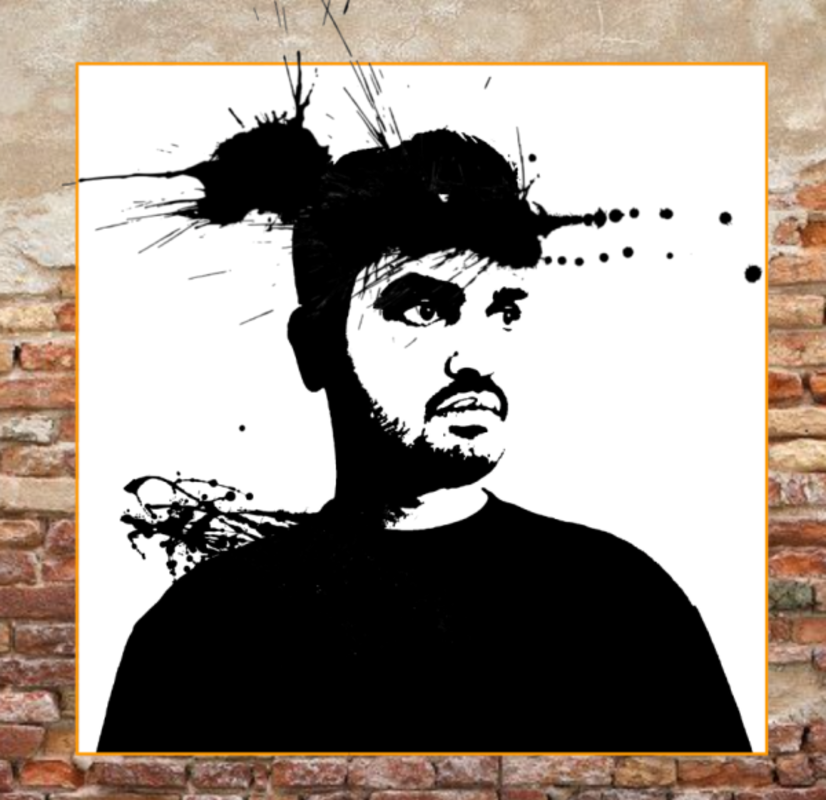
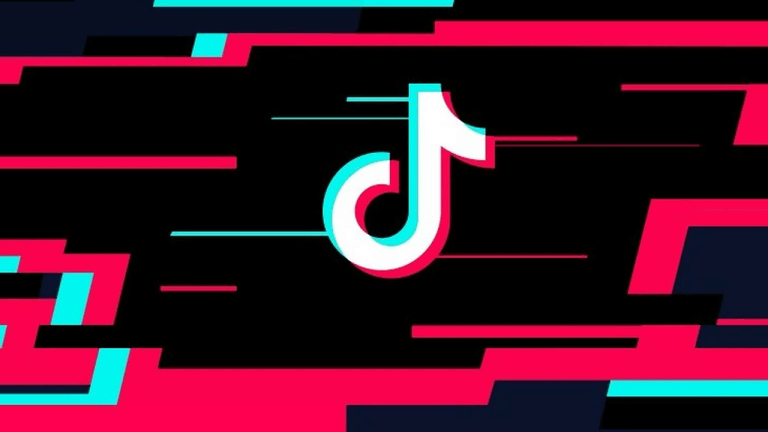
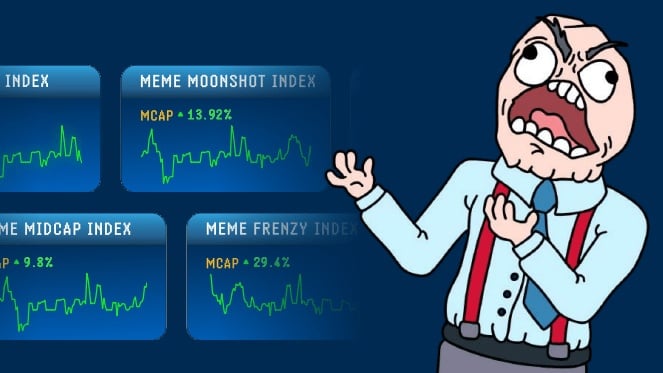
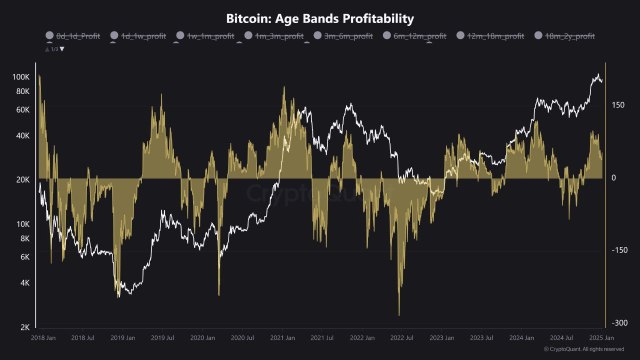




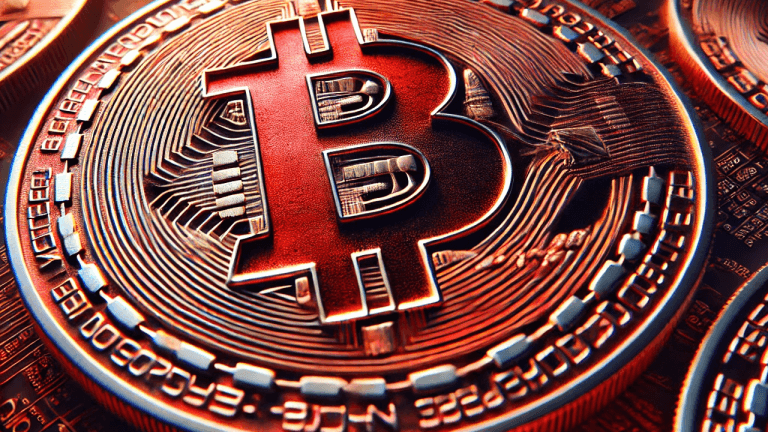
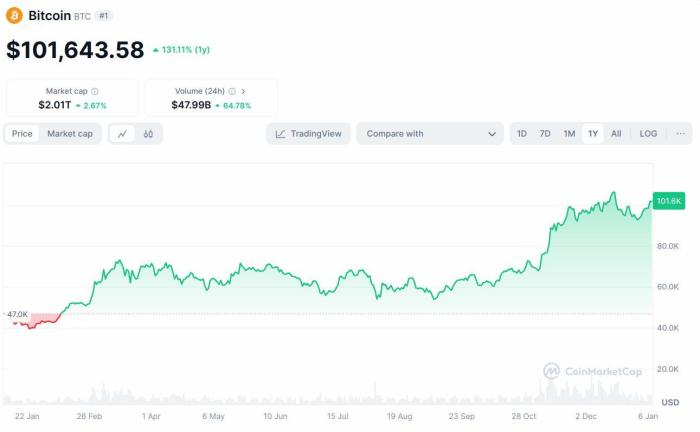

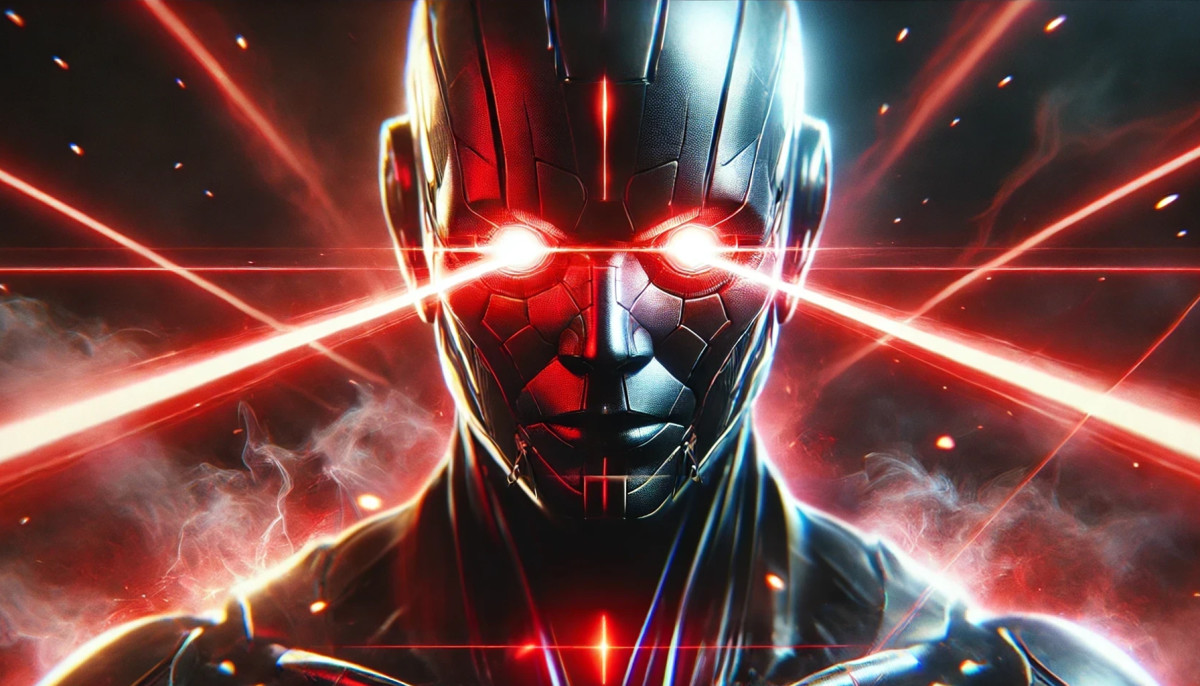
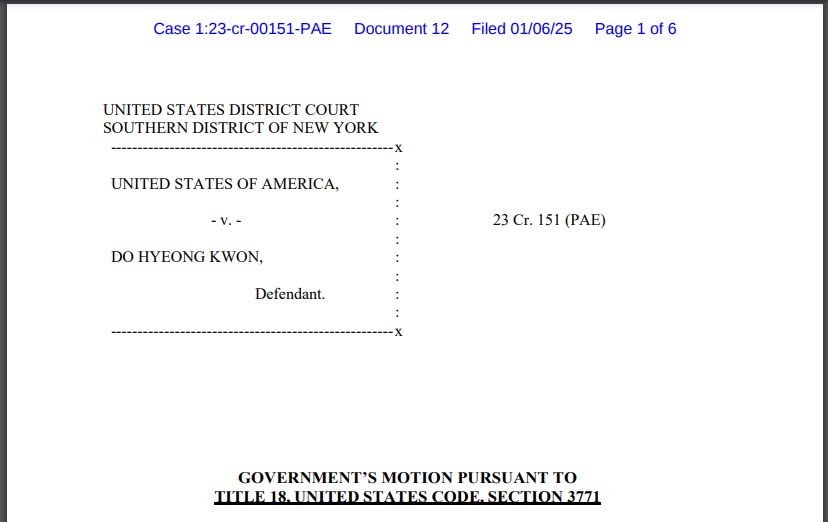
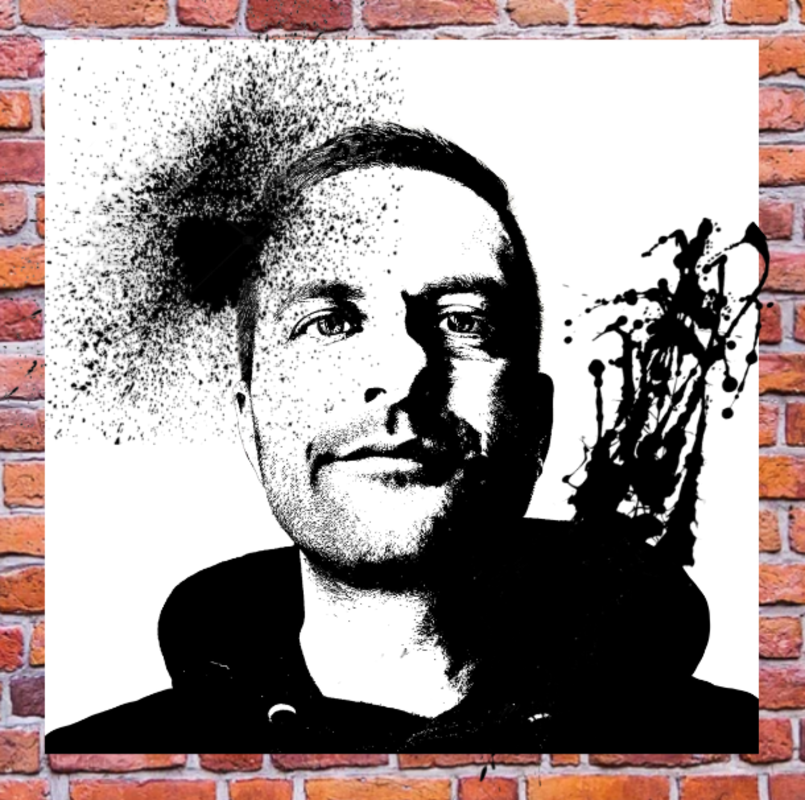

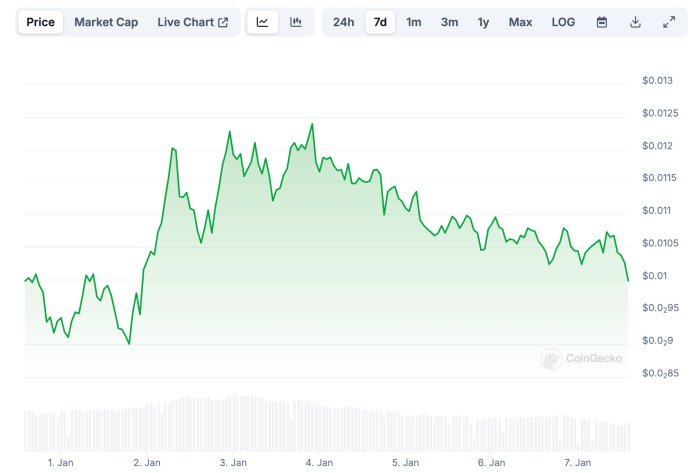
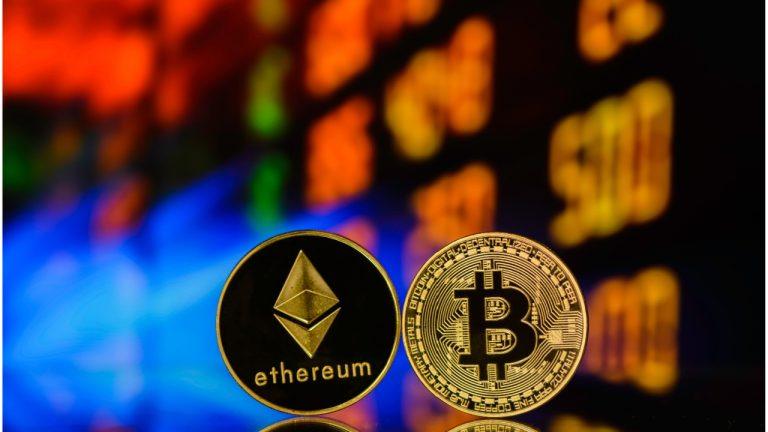

Comments